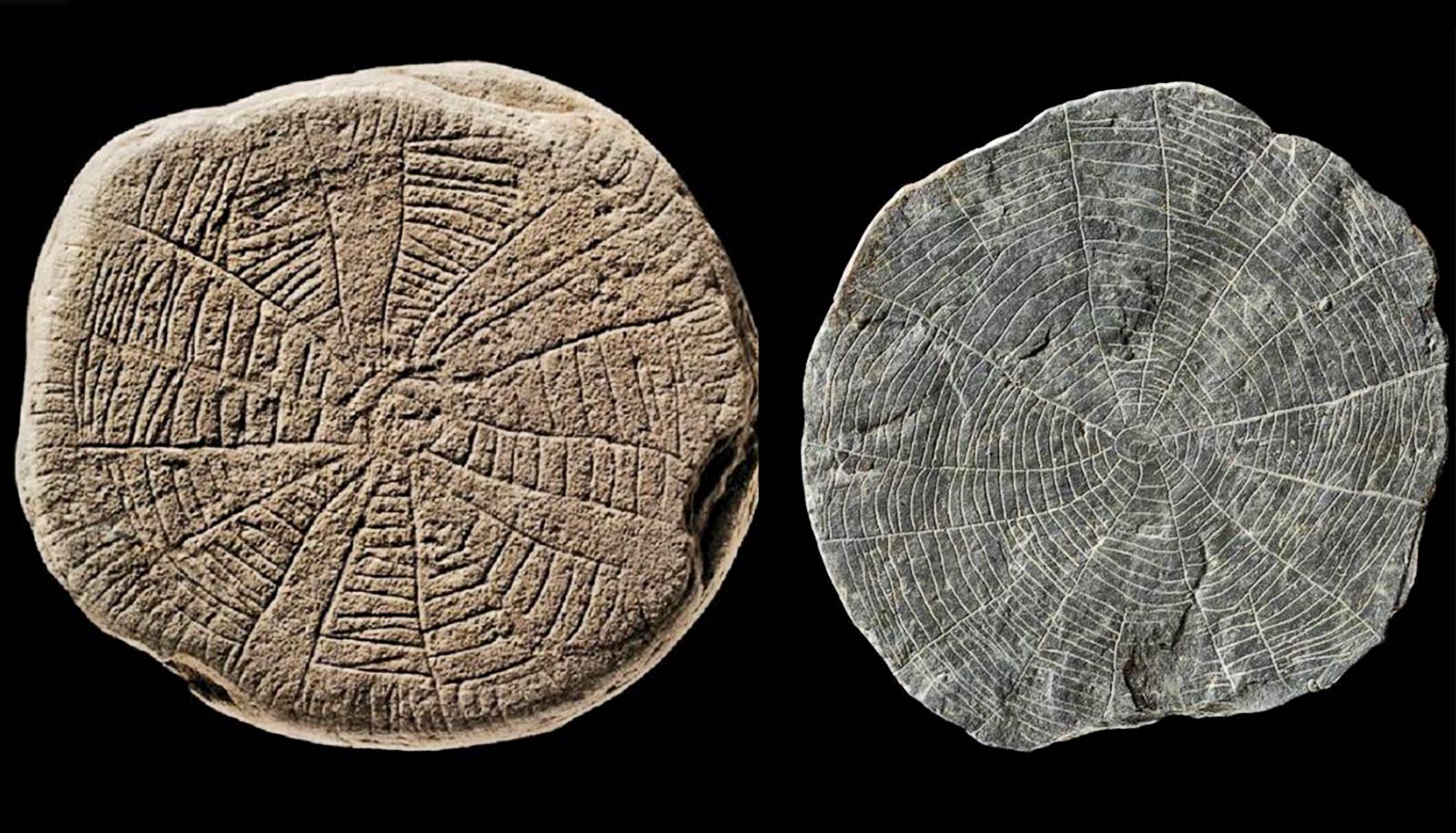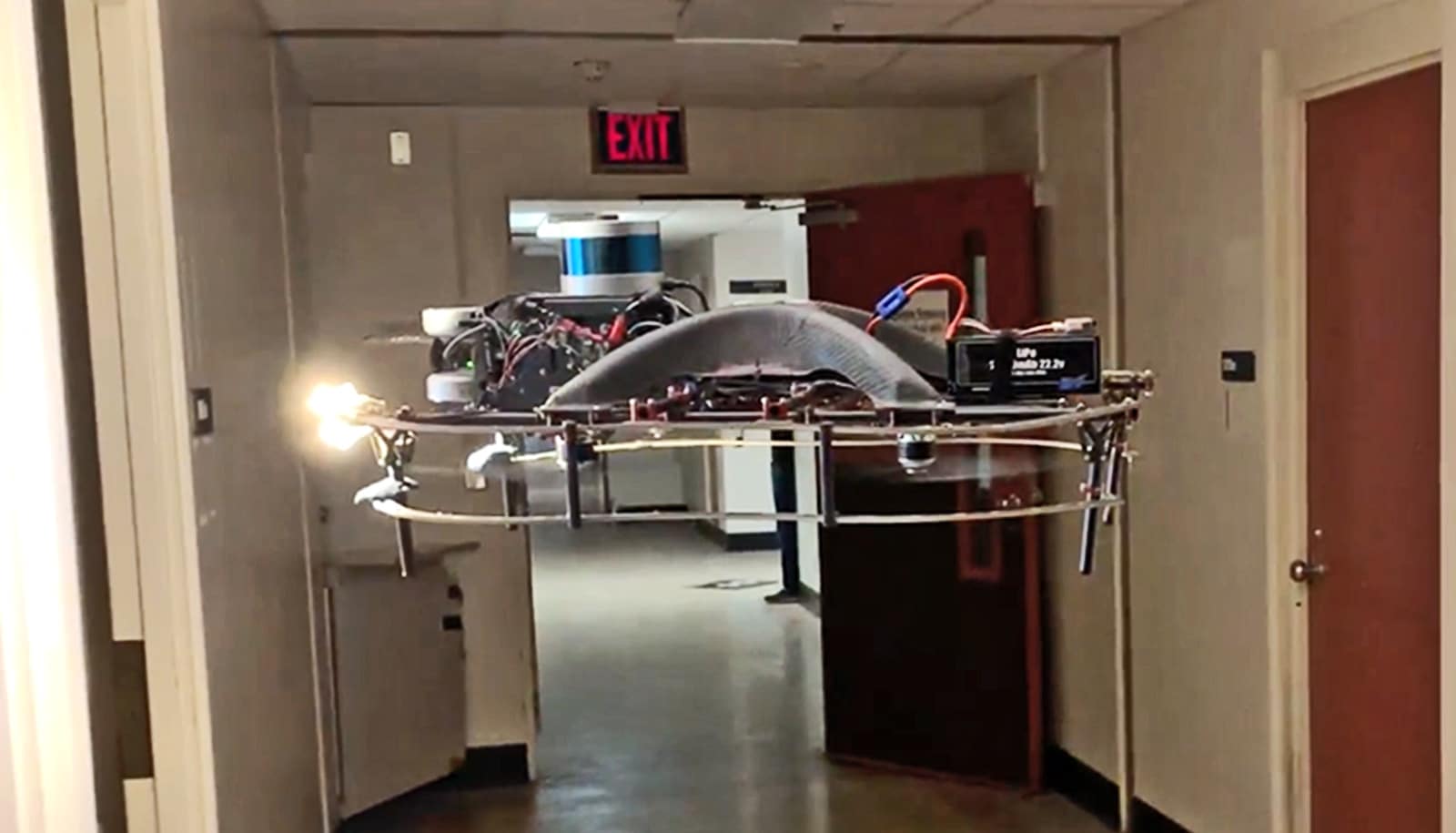Hawaii’s Kilauea volcano has been oozing lava for more than three decades. But in recent days, fountains of lava hundreds of feet high, a dozen new fissures, and plumes of steam, ash, and gases have struck the area around Kilauea and forced more than 1,700 people to flee their homes.
Hundreds of earthquakes and changes in the shape of Kilauea foretold the eruption and facilitated early warnings for residents, but it remains unknown how the eruption will unfold or how long it will last.
Volcanologist Paul Segall, a professor of geophysics in the Stanford University School of Earth, Energy & Environmental Sciences, describes the science behind this latest eruption, what we can learn from it, and how forecasters can begin to answer those questions about what happens after a volcano blows.
Kilauea has been erupting slowly for years without being a threat to people and their homes. What changed?
It’s been erupting more or less continuously since 1983, with pauses and some changes in behavior. It had been erupting in very sparsely populated areas; those areas were overrun by lava flows a long time ago. Starting on Wednesday [May 2], the eruption shifted to the east, through what we call the East Rift Zone, and moved closer to people. Road access to that area is limited, so if it cuts the roads, people who live south of that are pretty much isolated.
How did geologists know this eruption was coming? Did they have a real volcano forecast?
On Monday, April 30, the US Geological Survey (USGS) saw that earthquakes were migrating into this area and the ground was changing shape. Very precise GPS units measured the motion of the volcano to millimeter level accuracy and tilt meters measured how the ground was tilting. We can measure ground deformation from space with radar satellites as well.
Volcano forecasting like what we saw at Kilauea is real, but it’s not foolproof. We’re interested now in moving to more physics-based forecasting, in the way that weather forecasting has gone from being very empirically driven to very complex numerical calculations.
Empirical forecasts work very well in volcanoes that erupt frequently because you’re able to collect a lot of data and see patterns. Well, what do you do when you’re faced with a volcano that’s never erupted in historic time? Sometimes those are the most dangerous ones. You can try to draw analogies to other, similar kinds of volcanoes, but a physics-based approach would add to our ability to do forecasting.
We also want to understand better how these systems work. We know to some degree what causes explosive versus non-explosive eruptions, but what controls the time scales of how they evolve? We’d like to predict once an eruption has started, how long it will last.
Have there been any surprises at Kilauea so far?
The magnitude 6.9 earthquake on Friday was a surprise. There are earthquakes all the time, but there hasn’t been an earthquake of the size we saw on Friday since 1975.
When an earthquake occurs, that changes stress in the volcano, and that may or may not lead to other things. For example, at the summit of the volcano, the lava level has been dropping since Friday. And you might think that’s a good thing. But if it drops low enough that it allows groundwater to come into the volcanic conduit and make contact with very hot lava, it can lead to potentially explosive eruptions. The water table at Kilauea is very low—hundreds of meters below the surface—so it would have to drop really far.
Does activity at Kilauea tell us anything about what we might expect as far as seismic or volcanic activity elsewhere?
The Hawaiian volcanoes are examples of what we call hotspot volcanoes, which are quite different from other types of volcanoes like Mount St. Helens in the Cascades of the Pacific Northwest. So we can’t always just take what we learn in Hawaii and translate it verbatim to, say, the Cascades. We do gain insights, but they’re a different flavor of volcano.
The Hawaiian volcanoes are sitting right in the middle of the Pacific plate. Hot material in the mantle is rising from great depth and impinges on the Pacific plate. It begins to melt, at a depth of 50 kilometers or so, and that melt begins to accumulate and then rise upward—buoyant relative to the surroundings—until it reaches reservoirs within the crust where it’s stored temporarily until it erupts onto the surface.
Tidal cycles may warn us about volcanoes ready to erupt
The migration of the Kilauea eruption this past week into more populated areas is being driven by relatively shallow processes, which are not going to affect anything in the Cascades or Japan, or anywhere else around the Pacific Ring of Fire. This will be isolated to Kilauea.
As a person who has spent a lot of time in volcano country, how do you think about the choice to live potentially in the path of lava flows?
I participated in the Wrigley Field course a couple times, and one time we went out with some students, not too far from where the activity is now—a little farther west—and we saw people rebuilding houses on lavas that were probably a year old.
That’s a little crazy.
But everybody has their own level of risk tolerance. People very close to Kilauea are aware of lava flow hazards.
The thing that worries me is on the other side of the island—the Kona side where all the big resorts are. There are lava flows from Mauna Loa volcano—a much larger neighbor of Kilauea—that are not that old. In some cases, they’re places where recent lavas took only eight hours to reach the ocean. That would roar right through these developments.
Super low sounds let scientists monitor far-off volcanoes
I don’t know that everybody who’s buying property or living in these areas knows that these are still active areas. There’s a lot of education that needs to be done. Zoning and planning is also important.
As long as the volcanic activity stays at Kilauea, close to areas where it’s been very active in recent times, most people are going to say they knew what they were getting in for. Not that long ago, decades ago, large lava flows extended very far on the other side of the island. I think that is going to blow people’s minds if that happens again. Because I don’t think they’re prepared for it.
Source: Josie Garthwaite for Stanford University



